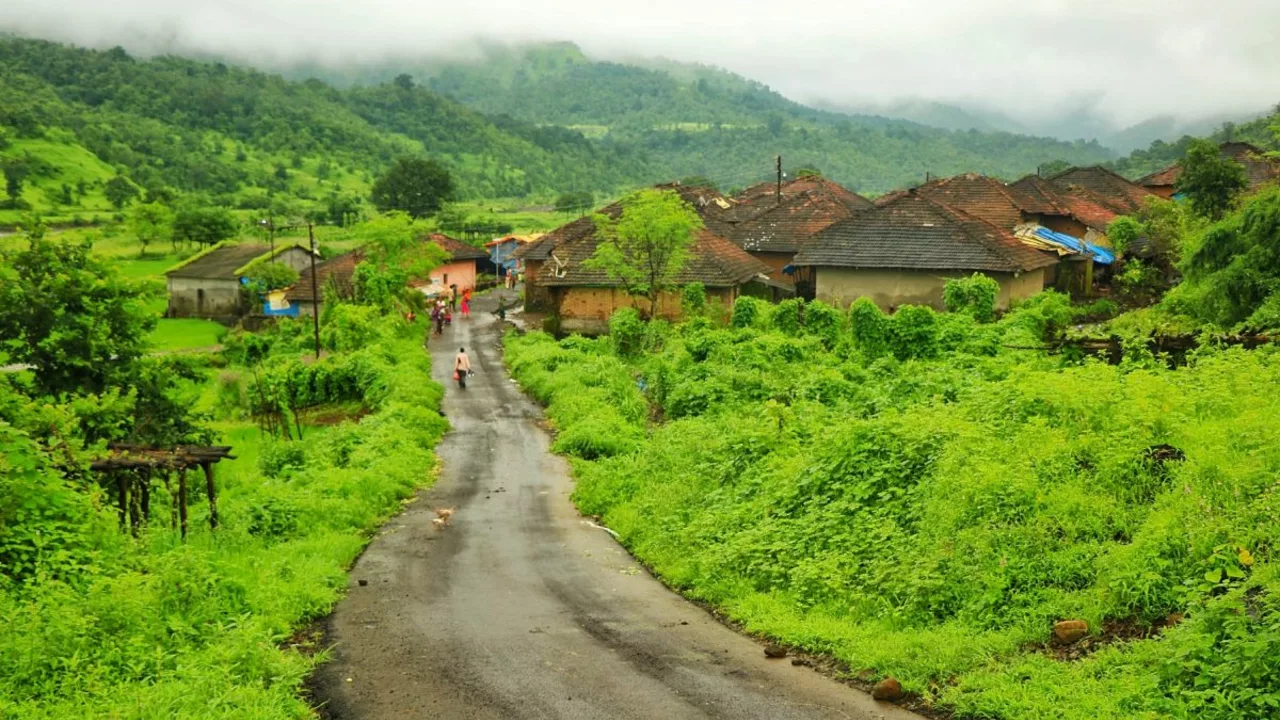
Embracing the Simplicity
Living in an Indian rural village starts with embracing the simplicity. The hustle and bustle of urban life is a distant reality here. The pace is slow, the environment is tranquil and life revolves around basic needs. Here, you won't find towering skyscrapers or fancy shopping malls, but that's the charm of it. The simplicity of the village life provides a refreshing break from the hectic city life. The houses are simple, mostly made of mud and thatch, but they are filled with warmth and love.
The Bond of Community Living
One of the most striking aspects of living in an Indian rural village is the strong sense of community. Unlike the urban areas, where people often live in their own isolated worlds, in the villages, everyone knows everyone else. Neighbours are like extended family members. A sense of camaraderie and mutual support is a way of life. People here genuinely care for each other and are always ready to lend a hand in times of need.
Immersing in the Cultural Richness
Indian rural villages are treasure troves of rich cultural heritage. Each village, each region, has its unique traditions, festivals, and art forms. Living here provides an opportunity to experience these rich cultural nuances up close. Traditional music, dance, and folk arts are not just for special occasions, they are part of everyday life. The colorful festivals, the vibrant traditional attires, the folk songs, and dances, all add a unique charm to the village life.
Food: Fresh and Organic
The food in Indian rural villages is fresh, organic and infused with local flavors. The villagers mainly rely on locally grown produce and their diet is seasonal. A typical meal might include rice, lentils, vegetables, and roti (Indian bread), all prepared in traditional ways. The food is not just delicious, but also healthy and nutritious. Living here means enjoying the freshest of foods, straight from the fields to your plate.
Experiencing Agriculture Up Close
Living in an Indian rural village means being a part of an agricultural society. Agriculture is the mainstay of the Indian rural economy and it forms the backbone of rural life. Even if you're not directly involved in farming, you can't escape its influence. It's a common sight to see villagers working in the fields from dawn to dusk, tending to their crops. This close connection with the land provides a deep sense of satisfaction and fulfillment.
Nature at Its Best
Indian rural villages are often set amidst beautiful natural landscapes. Living here means waking up to the chirping of birds, breathing fresh air, and enjoying the unspoilt beauty of nature. Whether it's the lush green fields, the clear blue skies, the serene rivers or the majestic mountains, the beauty of nature is simply breathtaking. The change of seasons, the cycle of crops, the sight of a blooming flower or a ripe fruit, all remind you of the simple joys of life.
Education and Schools
Education in Indian rural villages is a mixed bag. While there are government schools in most villages, the quality of education often leaves much to be desired. Lack of infrastructure, insufficient teachers and high drop-out rates are some of the challenges. Despite these hurdles, there's a growing awareness about the importance of education and more and more children are attending school. Living here means witnessing this struggle for education firsthand and perhaps, being a part of the solution.
Healthcare Facilities
Healthcare is another area where Indian rural villages face challenges. While there are primary health centers in many villages, the lack of advanced healthcare facilities is a major issue. In case of serious illnesses, villagers often have to travel to nearby towns or cities. However, the use of traditional medicines and home remedies is quite prevalent. Living here gives an insight into the unique healthcare challenges and the resilience of the villagers in overcoming them.
Technological Advancements
Even though rural India is often associated with a lack of development, technological advancements are slowly making their way into the villages. Mobile phones and internet have become common and they are bringing about a silent revolution. They are not only improving communication but also opening up new avenues for education, healthcare and business. Living in an Indian rural village today means witnessing this fascinating transition from traditional to modern.
The Challenges and the Joys
Life in an Indian rural village is not without its challenges. Poverty, lack of basic amenities, inadequate infrastructure, and social issues are some of the problems. However, despite these issues, there's a unique joy in village life. The sense of community, the simplicity, the closeness to nature, the rich cultural heritage, all make for a life that's fulfilling in its own way. In the end, living in an Indian rural village is an experience that's as enriching as it is enlightening.